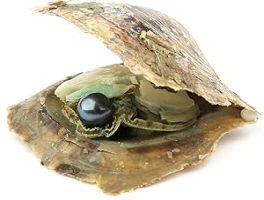 Molluscs are soft-bodied invertebrates, usually wholly or partly enclosed in a calcium carbonate shell secreted by a soft mantle that covers their body. Along with insects and vertebrates, it is one of the most diverse groups in the animal kingdom, with more than 100,000 described species. It is also the second-largest animal phylum after Arthropods. Mollusca is the group of animals that includes:
 Generally molluscs have:
Cephalopod molluscs, such as squid, cuttlefish, and octopuses, are among the most intelligent of all invertebrates. The giant squid and the colossal squid are the largest known invertebrate species. Gastropod molluscs, such as snails, slugs and abalone are by far the most diverse class, and account for 80% of the total classified molluscan species.  Molluscs have always been an important food source for humans, despite the fact that toxins can accumulate in certain molluscs that create a risk of food poisoning.
Molluscs have always been an important food source for humans, despite the fact that toxins can accumulate in certain molluscs that create a risk of food poisoning. Molluscs have, for centuries, also been the source of important luxury goods, such as pearls, Mother of Pearl, Tyrian purple dye, and sea silk. Their shells have also been used as money in some preindustrial societies. A few mollusc species are sometimes considered hazards or pests for human activities. The bite of the blue-ringed octopus is often fatal. Stings from a few species of large tropical cone snails can kill, although their venoms have become important tools in neurological research. Schistosomiasis is transmitted to humans by water snails, and affects about 200 million people. Snails and slugs can also be serious agricultural pests, and accidental or deliberate introduction of some snail species into new environments has seriously damaged some ecosystems. |